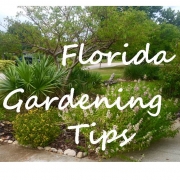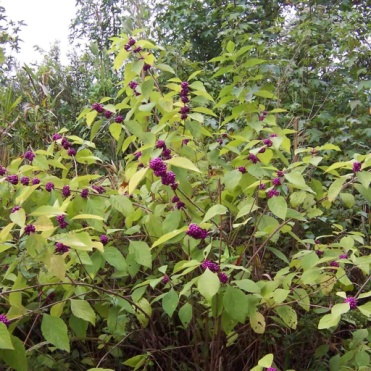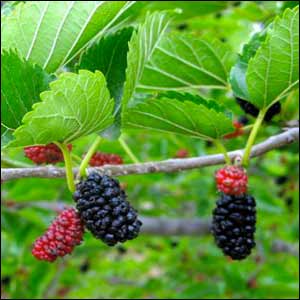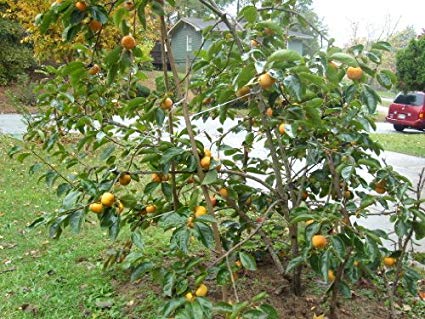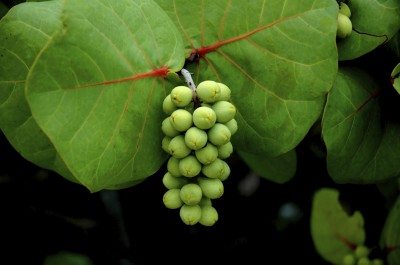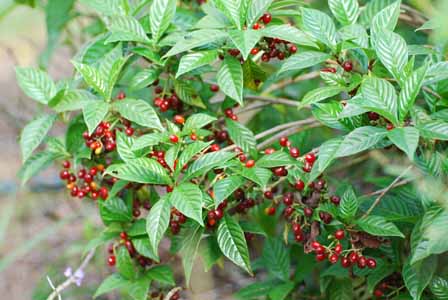Florida’s Best Edible Natives
One of the coolest kinds of plants to grow in your yard at home is a native plant, for your Florida friendly landscaping. The reason to choose natives is that these plants are adapted to the environment in your area and they require less water, time, and money to successfully grow! They also provide a vital habitat for birds and other wildlife. While some people might be looking for flowers that bloom year round in Florida, these plants look great regardless!
What could be better than that? Well… eating the plant! Now I’m not talking about eating your Florida flowers, but rather try a fruit bearing plant. A lot of the more obscure edible plants in Florida are only enjoyed by a few enthusiasts, but they are good to eat and, even better, they are cheaper than buying at the grocery store when it comes from your own backyard! And the native edible plants can be easy to grow, too.
5 of the best edible natives to grow in Florida:
1. Beautyberry
The Beautyberry shrub needs a tall tree’s shade to thrive the best, and it looks amazing along the perimeter of a property. The berries hang on until late winter and don’t often get eaten by birds. Make sure the soil is drained well and plant in the spring or fall. If your soil has problems add just a little bit of compost, otherwise the this plant will take wonderfully. The Beautyberry generally needs at least an inch of rain per week, but it can last through a small drought. (And these have been known to be a natural insect repellent!)
2. Mulberry
The Mulberry fruit tree hasn’t been so popular with gardeners, due to the fruits staining walkways. However, there is now a variety that doesn’t stain and tastes equally as good. These native plants work the best as dwarfs in home gardens and the black mulberries are the most flavorful. Planting these along dogwoods can produce the best combination for a landscape. Plant this tree in spring in a partial sun location with well drained composted soil. The berries will drop from the tree when ripe and taste amazing in pies!
3. Persimmons
These fruit bearing trees are really great in our climate, and they require little maintenance once established. The persimmon fruits taste similar to apricots, and the wood of the tree is very versatile used in gold club heads, flooring, and billiard cues. The American Persimmon is native here, though the Asian variety is more common and can be easier to grow. Choose a sunny spot to grow in and be sure to dig a very deep hole as the taproots are long. You will need loam (a soil with roughly equal proportions of sand, silt, and clay) and native soil to plant. It’s recommended not to fertilize this tree unless it is visibly not doing well after planting.
4. Seagrape
The wind and salt tolerant seagrape works really well in our beautiful Florida climate and it can be found in the sandy soil on beaches. Only female plants bear fruit, but be sure to have a male next to her for pollination. The clusters of fruit that grow on this plant resemble grapes and are used to make jams. It needs full sun exposure, and can grow multiple trunks if left unpruned. If you decide to keep at a shrub level it takes 10 years before the shape will need only minimal pruning. The seagrape will need routine watering until well-established in the soil!
5. Wild Coffee
This shrub grows best in the warmer months of Florida (so just about the whole year!) and while it isn’t what most people look for in edible landscaping, it adds a great addition to your yard. The berries can be roasted and consumed just like your morning coffee but they contain zero caffeine, what a great coffee substitute! The wild coffee shrub grows best in partial to full shade and the berries come out in summer after the pretty white flowers bloom to red. Although it is native, this plant will be benefit from top soil, and it will need water on a regular basis, but be sure not to over water (shade tends to keep plants more moist). Fertilize organicly 3 times a year.



